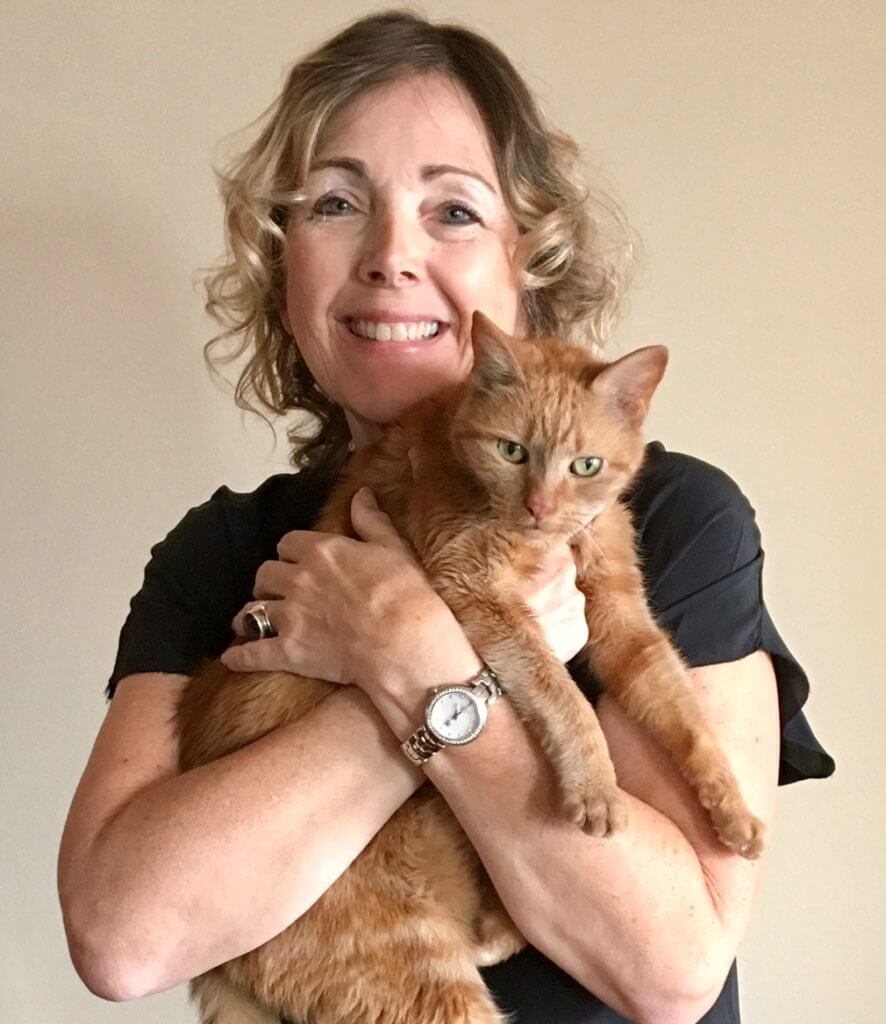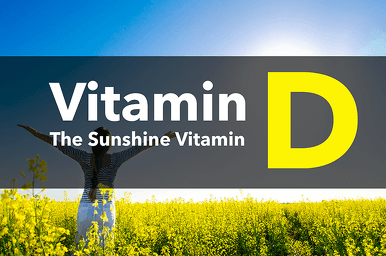Nutrition Q&A: Winter Squash

Q: Is there much nutritional value in winter squash? A: Think antioxidants and more! If I asked you to name a food rich in antioxidants, I bet you wouldn’t think to mention winter squash. Usually, green leafy vegetables get all the credit for providing the bulk of antioxidants in your diet, and most people are surprised to find out that winter squash happens to be an excellent source. Most people think of winter squash as a nutritionally void “starchy” vegetable and are shocked to find out how much this winter vegetable has to offer. From the well-known Butternut and Spaghetti squash to the more unusual Kabocha and Hubbard squash, these vegetables are harvested in the fall, when they are hard and ripe and most can be stored and enjoyed throughout the winter. Winter squash is naturally low in fat. What little fat the squash has comes from anti-inflammatory omega-3s fatty acids. One cup of baked winter squash will provide you with approximately 340 milligrams of omega-3 fats in the form of alpha-linolenic acid (ALA). Winter squash is also a good source of fiber, providing 3 grams per ½ cup serving. Winter squash supplies a substantial amount of potassium and vitamin C which keeps bones healthy, muscles pumping, blood pressure in check, and your immune system healthy. Winter squash also provides 10% of your daily allowance for folic acid which is also beneficial for heart health. The deep orange color of squash indicates one of the most noteworthy health benefits–carotenoids, which protect against heart disease and cancer. One of the most abundant carotenoids found in squash is beta-carotene (Vitamin A). Providing 163% of the Daily Recommended intake. Cancer can’t grow if it’s not allowed to oxidize. Beta-carotene, which is the key antioxidant in winter squash, protects the cell from harmful oxidation, https://holisticdental.org/xanax-treat-anxiety/. Quick tip for buying winter squash: choose squash that is unblemished and feels heavy for its size. Pick a squash with matte skin rather than glossy. A shiny exterior indicates it was picked too early, and won’t be as sweet as a fully grown squash. Most winter squash is available late into the fall. Store whole butternut squash in a cool, dry place (not the refrigerator) with plenty of ventilation; it should keep for up to three months. Cut squash will stay fresh for up to a week, wrapped, in the fridge. See 11 Varieties of Winter Squash. Nutrition Breakdown Per 1 cup cooked, approximately 205 grams Calories: 82 kcal Fat: 0.2 g Vitamin A: 1,144 mcg = 163 percent of DRI Vitamin B6: 0.3 mg = 20 percent of DRI Vitamin C: 31 mg = 41 percent of DRI Folate: 39 mcg = 10 percent of DRI Potassium: 582 mg = 12 percent of DRI
Patient Perspective: Carmen

Like many women, I was caught off guard with my breast cancer diagnosis. I had my annual checkup in November 2015 and the mammogram came back with calcifications on the right side. I discovered that 80% of the time they are benign. Surely I was within that percentage. The second set of x-rays didn’t clarify if cancer was lurking, so a biopsy was ordered. I tell people now I won the “booby” prize because, sure enough, I was in the 20%. Two days after my cancer diagnosis was confirmed, I hosted an engagement party for 50 people in honor of my son and his bride-to-be. The following day I flew to Orlando to help my daughter move back to Atlanta. I had a full life. I was busy. I was in what I call the cancer fugue. It’s the surreal time where you heard the diagnosis but you want to delay really acknowledging it just a little longer. Ten days later, I woke up in the morning and said. “Ok Carmen. How in the world are you going to handle this?” There is no handbook for “handling” a cancer diagnosis. No tried and true way to handle this process physically, emotionally or spiritually. It is very much a process. At some point you realize, you are a statistic of one. It’s your body and your life and your choices. No one knows how your body will handle treatment, how you will handle the many emotions and how well your body will fight a reoccurrence. I determined early on that this was not a journey – at least none that I would choose. This was the beginning of the rest of my life; the moment to start doing everything in my power to help my body heal. I wanted to do more than survive. I wanted to thrive with this diagnosis. I began collecting and researching resources. It was my full-time job. It was my life on the line. I had the lumpectomy in early March and it was during the subsequent radiation that I started physical therapy with TurningPoint. My initial thought was to help reduce the scarring from surgery. But I learned that radiation can cause cording and reduce your range of motion. I felt a constriction across my chest and my arm and back. So the therapy and the massage helped keep my muscles working and reduced the surgery scarring. I also learned patience from Grayson and Jyoti to just let my body heal. This is not a sprint; it’s a marathon. There’s no need to push your body. Just keep it moving! There is a strong gentleness to the way things are done at TurningPoint which is very soothing. The therapists meet you where you are and move you forward. And you learn the exercises that you will use for the rest of your life. Again, you are taking actions to help your body through the healing process. At the end of August, I set off by myself on a four-week road trip out west. It became an unexpected opportunity to meet wonderful people and reconnect with family. It was my road to a tremendous emotional and spiritual healing experience. I can do this cancer thing. I can live my life my way. I am thriving. So can you. No Rules!
Nutrition Q&A: Vitamin D in the Winter

What can I do to maintain adequate levels of Vitamin D in the winter months? Winter is right around the corner which means colder weather, shorter days and less outside time. Less time spent outside means less sun exposure, and less sun exposure leads to lower vitamin D levels. Vitamin D is known as the sunshine vitamin. It takes just 10-15 minutes of direct sun exposure a day for our body to synthesize enough vitamin D to keep us healthy. During the winter months we spend less time outside which makes it hard to keep our levels within range. Without adequate vitamin D, we have an increased risk of illness and chronic diseases, including autoimmune disease, type 2 Diabetes, heart disease, and many cancers. vitamin D, along with Calcium, is integral to bone health. The average American’s vitamin D level will drop into the deficiency zone during the winter months. Following some simple guidelines can help you maintain optimal levels of vitamin D throughout the winter. I encourage everyone to have their vitamin D tested to know exactly where you stand; a vitamin D level of 30-100 ng/ml is considered sufficient. If yours is less, your physician may recommend supplementation. Food, and even milk, that is enriched with vitamin D does not provide us with enough vitamin D to keep us protected during the winter months. Supplementation is often needed. It is recommended that adults take 1,500-2,000 IU’s of vitamin D daily in addition to that consumed via your diet. Vitamin D Rich Foods 1360 IU Cod Liver Oil, 1 Tbsp 360 IU Salmon, cooked, 3.5 oz 345 IU Mackerel, cooked, 3.5 oz 200 IU Tuna Fish, canned in oil, 3 oz 162 IU Shrimp, mixed types, cooked, 4 oz 98 IU Milk, fortified, 1 cup 60 IU Margarine, fortified, 1 Tbsp 50 IU Pudding made with fortified milk, ½ cup 40 IU Ready to eat cereal, fortified, 1 cup 20 IU Egg, Whole, 1 12 IU Cheese, Swiss, 1 oz
Patient Perspective: Dianna

Through all the medical appointments, tests, MRIs, surgeries, radiation, and getting ducks-in-a-row for working at home after surgery, I don’t think I ever took a deep breath (literally and figuratively) until I came to TurningPoint. My quality of life has greatly improved because of the expert care and guidance I have received from the knowledgeable, dedicated and caring staff at TuningPoint. EVERYONE I have had contact with at TurningPoint is compassionate and clearly interested in helping patients gain the best quality of life possible. With the help of TurningPoint, I have improved the range of motion in my arms, improved my posture, learned how to manage lymphedema, learned stretching exercises which I can use at the work place, learned how yoga can benefit my health, received nutritional information and learned how a simple thing like breathing correctly can help release stress and help the body heal. Many people helped me through this difficult time. Friends, neighbors and coworkers prepared meals for me and my incredible, loving husband was by my side to help me with whatever I needed. I am very grateful to all of those kind people who took time out of their busy lives to help me. I am also profoundly grateful for all that TurningPoint has done for me and thankful also for the compassionate help provided to the many women who come through their doors. When I became a Medicare-insured patient at the age of 65, my gynecologist of 15 years would no longer provide health care services to me. I contacted several gynecologists before finding a doctor that accepted Medicare-insured individuals and would take me as a new patient. I’m grateful that TurningPoint accepts what my Medicare insurance reimburses. I suspect that the amount Medicare and my supplemental insurance reimburse TurningPoint does not adequately cover the cost of the care I receive. Therefore, I also greatly appreciate those in the community who donate their time, effort and resources supporting TurningPoint so that this organization can continue providing the haven it does for so many women.










